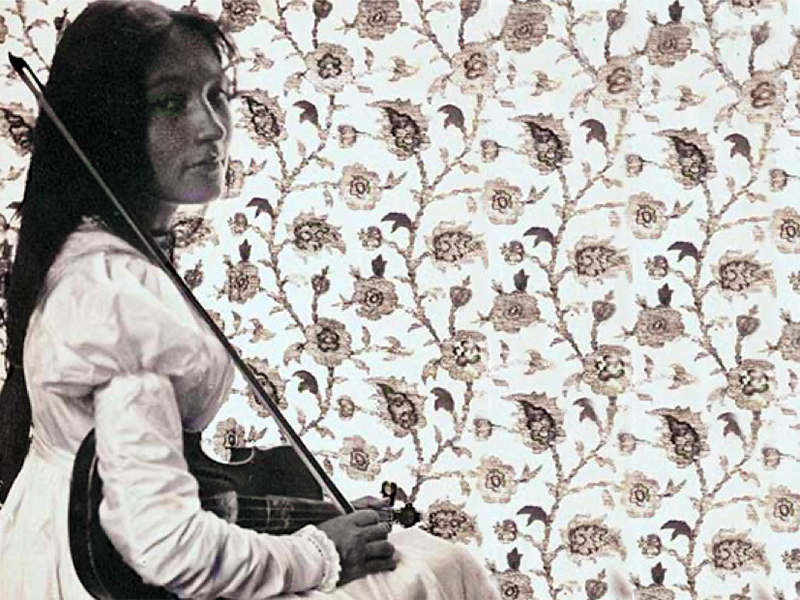
Zitkála-Šá, or "Red Bird," (1876-1928), whose mother was Sioux and father was Anglo-American, sought to bridge the cultures of Native Americans and European Americans in the United States. Born on the Yankton Indian Reservation in South Dakota, she was 8 years old when she left for the Quaker-run boarding school for Indians in Wabash, Indiana.
There the missionaries gave her the name Gertrude Simmons. Eventually she began to write pieces that were deeply critical of the boarding school system. She exposed the abuses involved in removing Indigenous children from their homes, the corruption of the boarding school directors and the cruelty the children suffered.
Married to an employee of the Bureau of Indian Affairs, she lobbied for the Indian Citizenship Act of 1924, insisted on the dignity of Indian religions and shaped the new, more respectful Indian policies of the New Deal years.
This vignette was produced by the Chancellor's Commission on Women.
Contacts
Charlie Alison, executive editor
University Relations
479-575-6731, calison@uark.edu